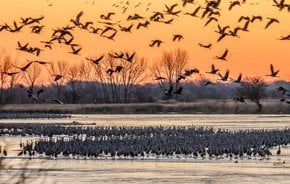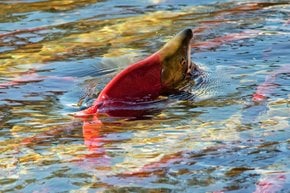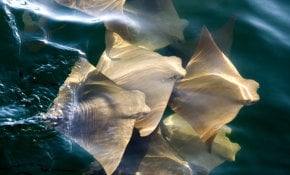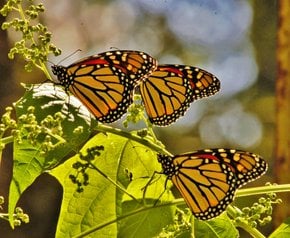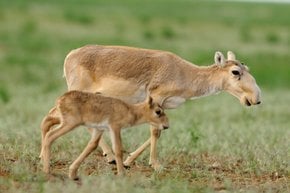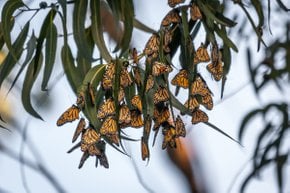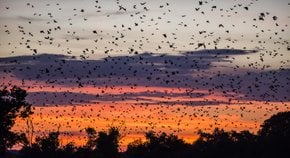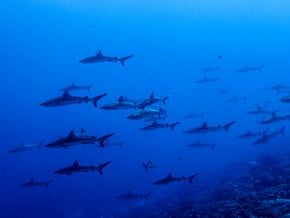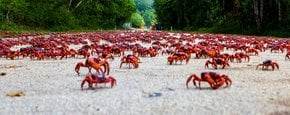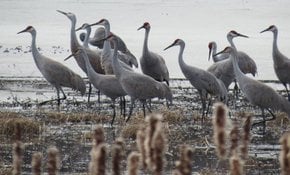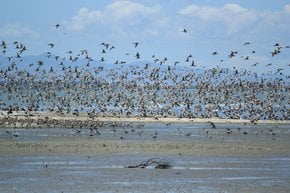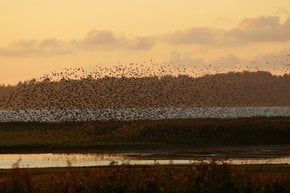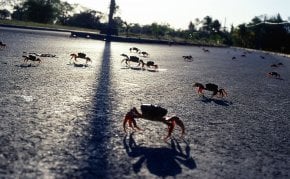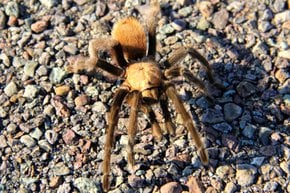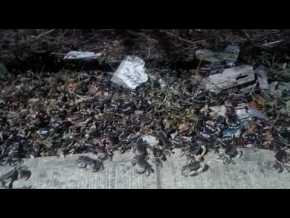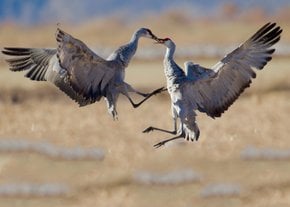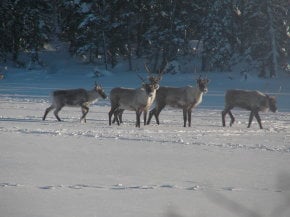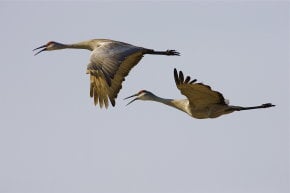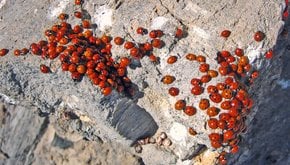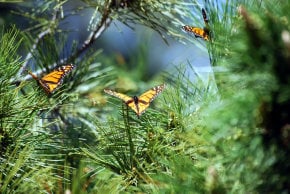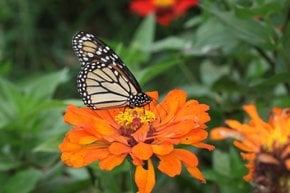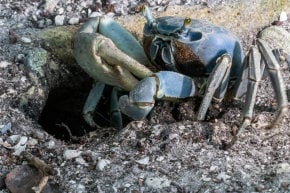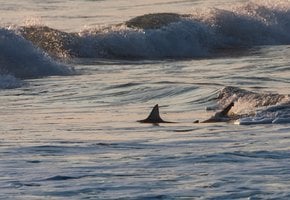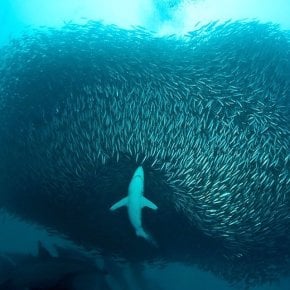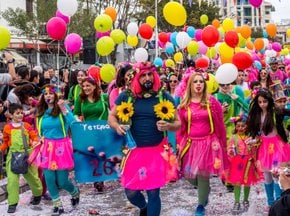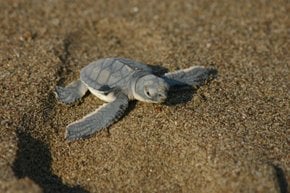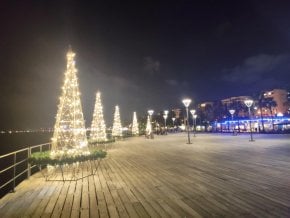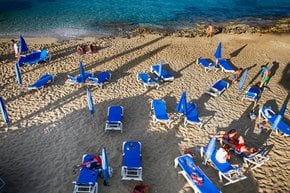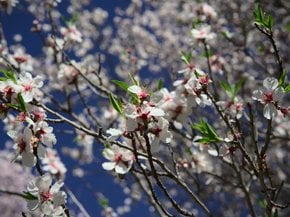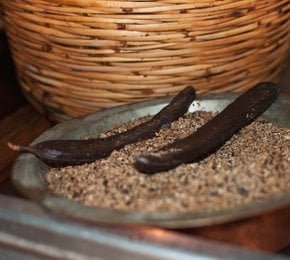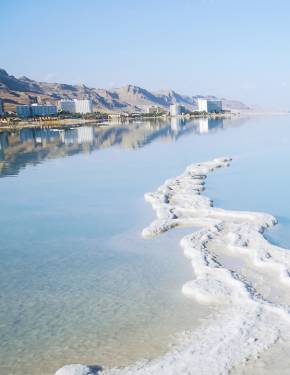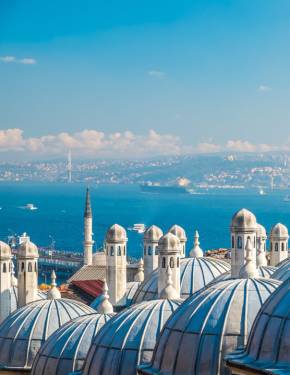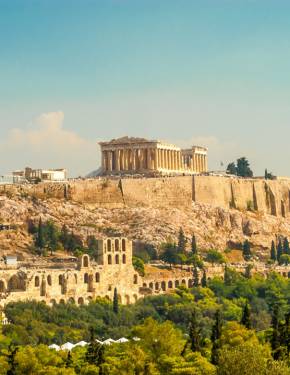Greater Flamingos in Cyprus 2025-2026
Take a great selfie with a gorgeous pink greater flamingo
Best time: November–March
The rainy season in Cyprus brings in not only the low season but also thousands of migrating birds, making it the most favorable period for nature lovers. One of the most spectacular occasions is the annual stop of the greater flamingos on the southeastern shores of Cyprus.
Akrotiri and Larnaka Salt Lakes
Some of the flamingoes first head to Akrotiri Lake (also known as the Limassol Salt Lake) in November–December and wait until the water level of Larnaca Lake increases sufficiently.
Right after the rain starts filling the Larnaca Salt Lake with fresh water, these gorgeous pink birds land on its shores in search of food and rest. It is estimated that the number of Greater Flamingos may reach up to 20,000 individuals, depending on conditions. They wander around the surrounding area or fly in the sky in search of good spots to rest. By the way, sometimes greater flamingos cause troubles to local administration while staying around Larnaca, as the lake is located very close to the international airport, and 3-kilogram birds can be dangerous for planes.
Larnaca Salt Lake is a complex of four interconnected salt lakes that together cover a total surface area of approximately 2.2 square kilometers. This significant natural landmark, which spans a broader area, including surrounding wetlands, is the second-largest salt lake in Cyprus after the Limassol Salt Lake. The expansive salt flats and seasonal water bodies make it an ideal habitat for flamingos and other migratory birds, particularly in the winter months when the lakes are filled with water.
Other Locations
In addition to the Limassol and Larnaca Salt Lakes, there are several other lakes in Cyprus where greater flamingos can be spotted, including Oroklini Salt Lake and Paralimni Lake. Oroklini Lake, located just outside Larnaca, is renowned as one of the best birdwatching spots on the island. This shallow saltwater lake is one of only seven natural wetlands in Cyprus and has been designated a Special Protection Area due to the presence of black-winged stilts and spur-winged lapwings.
Paralimni Lake, a natural seasonal wetland in the Famagusta district, is one of the few remaining wetlands of its kind in Cyprus. This unique location is home to the rare endemic sub-species of the Grass Snake (Natrix natrix cypriaca). It serves as a sanctuary for a remarkable variety of wildlife, including at least 186 species of birds, such as the striking Greater Flamingo (Phoenicopterus roseus), and a diverse range of dragonfly species.
More About Greater Flamingos
The Greater Flamingo is one of Cyprus's most iconic winter residents. Each year, these striking birds arrive in significant numbers here and can often be observed until late February. When conditions are favorable, some flamingos, particularly the juveniles, might linger beyond the typical departure time and even spend the summer. Greater Flamingos thrive during the rainy season by feeding on algae, crustaceans, and mollusks in saline lakes. Their long legs allow them to wade through shallow waters for food, and their bristled beaks filter out contaminants, offering protection from water-borne diseases. Juvenile flamingos, which start with brown-grey plumage, gradually develop their distinctive pink feathers throughout 2 to 4 years. Their impressive size ranges from 120 to 145 cm.
Best Time to Visit
Greater Flamingos make their annual winter migration to Cyprus, typically arriving between November and March. However, the exact timing of their arrival and departure varies each year, so they appear slightly earlier or later. For the best chance to see these magnificent birds, it is advisable to visit Cyprus in December, January, or February. During these months, flamingos are most frequently spotted, and visitors have the opportunity to witness larger flocks.

















